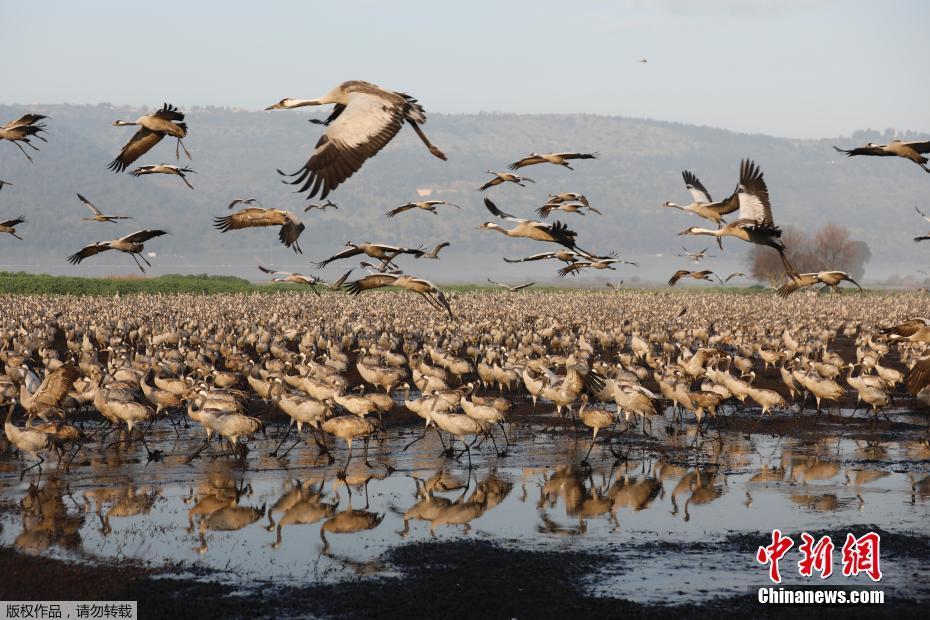【】
A new NASA telescope, sailing toward its assigned orbit, took a moment to look around before it starts its ultimate mission: searching the galaxy for alien planets.
NASA's TESS spacecraft -- short for Transiting Exoplanet Survey Satellite -- beamed home one of its first photos taken from space, and it's a doozy.
SEE ALSO:Here's how NASA's TESS will hunt for alien planetsThe photo, which effectively amounts to a test of one of the satellite's four cameras, contains more than 200,000 stars, NASA said.
But that's only a fraction of the number of stars it will eventually study in order to find alien worlds out there circling them.
 A test image from NASA's TESS.Credit: NASA/MIT/TESS
A test image from NASA's TESS.Credit: NASA/MIT/TESS"TESS is expected to cover more than 400 times as much sky as shown in this image with its four cameras during its initial two-year search for exoplanets," NASA said in a statement.
The satellite is designed to hunt for new worlds by using the transit method, meaning that TESS will watch for minute dips in a star's light as a planet passes in front of its host star.
By detecting these transits, TESS can piece together a bit about the orbits of these worlds and whether or not they might be friendly to life.
In total, the satellite's field of view will include about 20 million stars that could all play host to worlds unknown.
Researchers hope that TESS will be able to find at least 50 planets that are around the size of Earth during its quest.
“TESS is kind of like a scout,” TESS scientist Natalia Guerrero said in a statement.
“We’re on this scenic tour of the whole sky, and in some ways we have no idea what we will see. It’s like we’re making a treasure map: Here are all these cool things. Now, go after them.”
TESS still has a bit of a ways to go before it begins its hunt for planets outside of our solar system in earnest.
It should start its search in June after scientists check to make sure that its instruments are in working order.
Scientists hope that NASA's James Webb Space Telescope, expected to launch in 2020, will be able to follow up on some of the results sent back to Earth by TESS.
The powerful telescope -- designed as the successor to the Hubble Space Telescope -- is expected to be able to scope out the atmospheres of alien worlds, learning more about their composition and possible habitability.
Featured Video For You
NASA's TESS planet-finder satellite just rode a Falcon 9 to space
- 头条新闻
- Researchers create temporary tattoos you can use to control your devices
- Australian startups need more diversity to thrive, not closed borders
- Listen: Childish Gambino's funk odyssey 'Awaken, My Love' is here
- Streaming is a disaster, do not cut the cord, just don't do it
- Darth Vader is back. Why do we still care?
- The woman whose math sent John Glenn to orbit says goodbye to a 'good man'
- Ted Cruz revealed his disturbing, yet poetic, feelings about queso
- Cremation ceramics allow you to immortalize and drink out of your loved ones
- 'The Flying Bum' aircraft crashes during second test flight
- Unicorn eyeliner is 2016's latest mythical beauty trend
- 图片新闻
- 新闻排行榜








